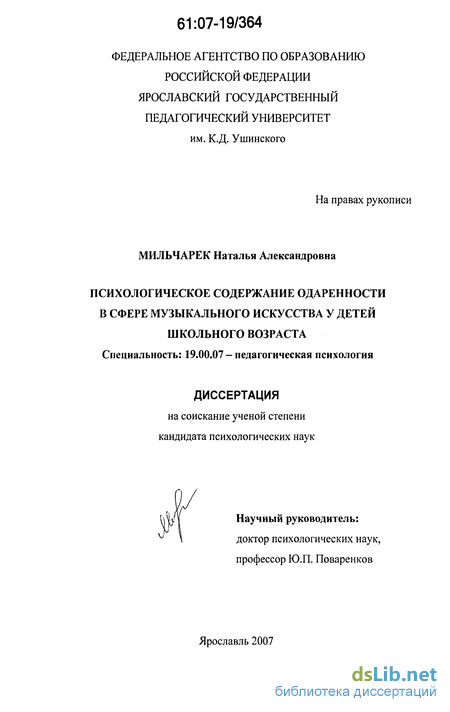Test Sishora Muzikaljnoj Odaryonnosti
This book will help you write better stories, spot and fix common issues, split stories so that they are smaller but still valuable, and deal with difficult stuff like crosscutting concerns, long-term effects and non-functional requirements. Above all, this book will help you achieve the promise of agile and iterative delivery: to ensure that the right stuff gets delivered through productive discussions between delivery team members and business stakeholders.
Who is this book for? This is a book for anyone working in an iterative delivery environment, doing planning with user stories. The ideas in this book are useful both to people relatively new to user stories and those who have been working with them for years. People who work in software delivery, regardless of their role, will find plenty of tips for engaging stakeholders better and structuring iterative plans more effectively. Business stakeholders working with software teams will discover how to provide better information to their delivery groups, how to set better priorities and how to outrun the competition by achieving more with less software.  Who is this book not for?
Who is this book not for?
This book doesn't cover the basics of stories. We assume that readers know what Card-Conversation-Confirmation means, what INVEST is and how to apply the basic strategies for splitting user stories.
Issuu is a digital publishing platform that makes it simple to publish magazines, catalogs, newspapers, books, and more online. Easily share your publications and get them in front of Issuu’s. A table set of classic Italian design, consisting of a table and chairs: - Table Nike Avorio: width 1000 mm length 1600 mm height 778 mm - Nike Avorio Chair: width 440 mm length 410 mm height 940 mm - modeling, texturing and visualization in 3ds max 2015 with crown 1.6 - the archive included 3ds max 2012,.3ds,.fbx,.obj and.mat formats - polygons: total 166 742 1 table 67 982 1 chair 24.

This isn't the first book you should read about user stories, if those terms are unfamiliar. There are plenty of good basic books out there, so read them first and then come back. Please don't hate us because we skipped the basics, but there is only so much space in the book and other people cover the basics already well enough. What's inside? Unsurprisingly, the book contains exactly fifty ideas. They are grouped into five major parts: • Creating stories: This part deals with capturing information about stories before they get accepted into the delivery pipeline. You'll find ideas about what kind of information to note down on story cards and how to quickly spot potential problems.
• Planning with stories: This part contains ideas that will help you manage the big-picture view, set milestones and organise long-term work. • Discussing stories: User stories are all about effective conversations, and this part contains ideas to improve discussions between delivery teams and business stakeholders.
You'll find out how to discover hidden assumptions and how to facilitate effective conversations to ensure shared understanding. • Splitting stories: The ideas in this part will help you deal with large and difficult stories, offering several strategies for dividing them into smaller chunks that will help you learn fast and deliver value quickly.
